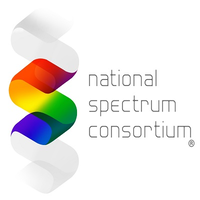
The Army on Friday released a list of communications and electromagnetic spectrum projects the service will go after through the rest of 2019 under its new partnership with the National Spectrum Consortium (NSC). The NSC signed a five-year prototype cooperation agreement with the Army in October, which will now focus on running six programs ranging from management of advanced wireless services to technologies required to operate in contested spectrum environments. “Under this acquisition vehicle, the government, in coordination with industry,…

 By
By 











